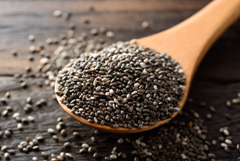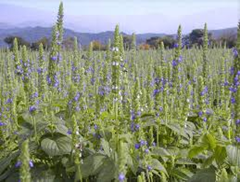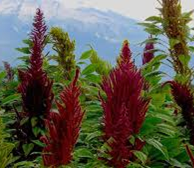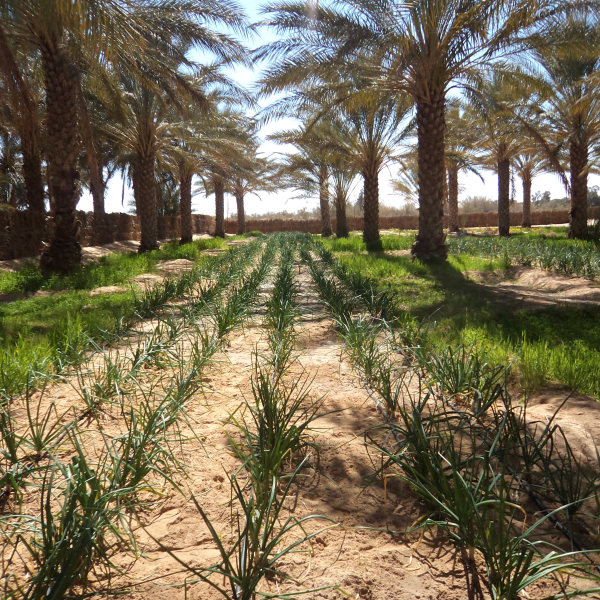Chia and Amaranth: gluten-free Andean grains!
06.12.18
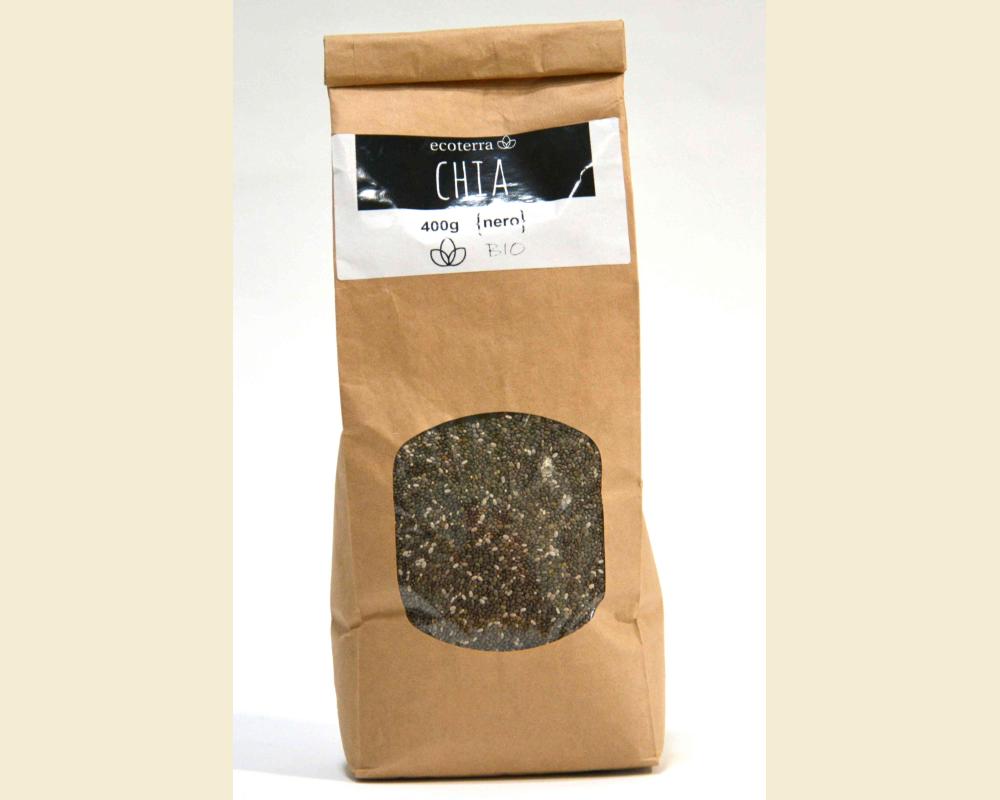
Black CHIA - BOLIVIA/PARAGUAY
400g — BIO-SOLIDARITY
What is it?
It is a relative of sage but of the species Salvia hispanica L., produces a large ear rich in seeds, and is native to Central and South America. Much cultivated for its properties in Bolivia, Paraguay, Peru and Argentina.
Who produces it?
Eco-Terra, our supplier, buys the raw material from small-medium Bolivian or Paraguayan bio-solidarity producers.
Packaged in a controlled atmosphere, without gluten and other allergens.
Why is it good for you?
Very nutritious and complete, energetic and also digestible food, very rich in unsaturated fats, essential amino acids, fibers and micronutrients such as vitamins A, B6, B12, C and micronutrients such as calcium, iron, magnesium. Protective for vision and circulation.
Naturally gluten-free.
How do you eat?
It is generally soaked overnight and then added to macrobiotic extracts or muesli. Raw or toasted, it is an excellent garnish for desserts, main courses and vegan salads.
AMARANTH - PERU
400 g — BIO-SOLIDAL
What is it?
Amaranth, called 'kiwicha' in the Quechua language, brings together various species of the genus Amaranthus, an annual herbaceous plant that produces a large branched ear of a characteristic intense red color, called precisely amaranth red. Each plant produces hundreds of small edible seeds.
It is native to Central America and is very common in South America, especially in the Andes between 2000 and 3500 meters. Today it is cultivated in Africa and India for food purposes and in Europe as an ornamental.
Who produces it?
Eco-Terra, our supplier, buys the raw material from small-medium Peruvian bio-solidarity producers.
Packaged in a controlled atmosphere, without gluten and other allergens.
Why is it good for you?
Wheat appreciated for its high nutritional value, rich in fiber, proteins and essential amino acids such as lysine, but gluten-free and low in saturated fat. It is also almost sodium-free and rich in minerals such as calcium, phosphorus, magnesium and iron, copper and zinc.
How do you eat?
It can be eaten in amaranth soups or in mixed soups. When cooked, amaranth looks like a gelatinous mass and is therefore ideal as a base for sweet and savory doughs: timbale balls, puddings and timbales.
SUPPLIER:
Eco-Terra: German company that imports and transforms exotic products, led for almost 30 years by a German-Bolivian couple, is among the first FAIRTRADE importers and supports projects in several tropical countries (Bolivia, Ivory Coast, Mexico, Senegal).
Eco-Terra applies the principles of fair trade, so it provides free technical and commercial assistance to producers, pre-finances the most expensive campaigns (exotic nuts and Andean grains) and guarantees a price higher than the market price.
PREVIOUS ARTICLE
30. 11. 18
30.11.18
Palestinian dates: we support ethical consumption!
Those who plant dates don't eat dates” is an ancient Arab saying, based on the fact that palm trees grow slowly and you have to wait many years before harvesting significant amounts of dat...
Read
